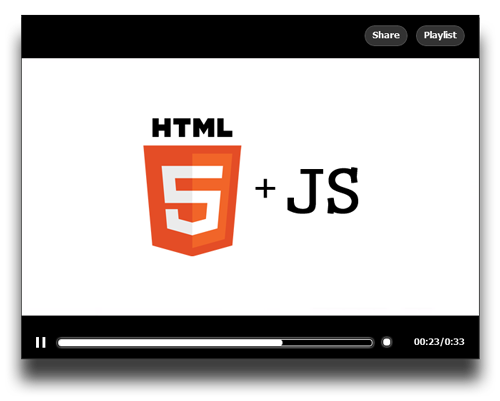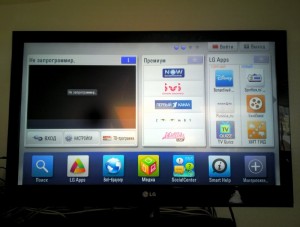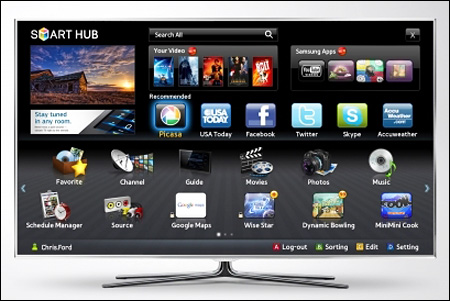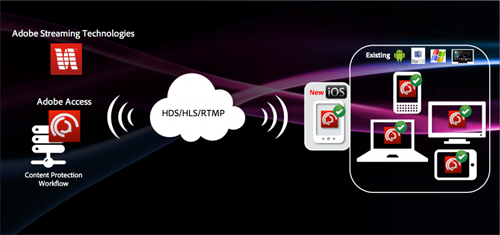
Year by year, we become more involved with media technology than ever before. The World Wide Web is also sensitive to this trend as shown by immense success and popularity of online video services, such as YouTube. However, you cannot run such systems without the technology for video content playback at the end user level.
A classical approach is to build a video player with Flash. Probably you can hardly find a more popular Web browser plugin than Flash Player today. However, a weakness of this approach is the necessity to install the Flash plugin, missing from many devices by default. For example, whatsoever popular iPhone and iPad are, they cannot run Flash applications from within the browser. The way out of this situation is to use HTML5. Continue reading →









